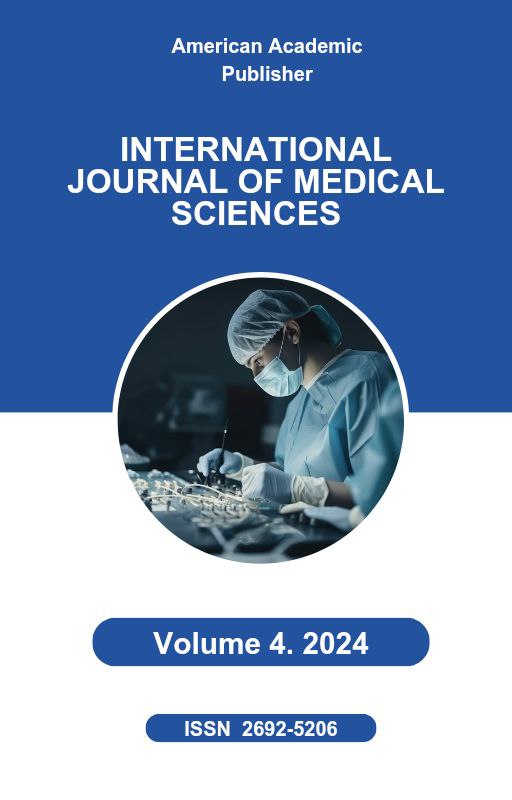 Articles
| Open Access |
https://doi.org/10.55640/
Articles
| Open Access |
https://doi.org/10.55640/
STRATEGIES FOR THE PREVENTION OF INFECTIOUS DISEASES
Jumatova Zubayda Umarbek qizi , Tashkent Medical Academy, Urganch Branch 5th-Year Student of the “Medical Prevention” ProgramAbstract
This article outlines key strategies for the prevention of infectious diseases, including adherence to hygiene protocols, immunization, maintaining a healthy lifestyle, limiting contact with infected individuals, ensuring food and water safety, controlling vectors such as insects and rodents, preventing sexually transmitted infections, enforcing infection control in healthcare facilities, and preparing for potential epidemics.The article emphasizes the importance of a comprehensive approach that combines individual behavior and public health initiatives. Simple hygiene practices such as regular handwashing can significantly reduce infection risks. Vaccination remains one of the most effective tools in protecting against numerous infectious diseases, while a healthy lifestyle enhances the immune system’s ability to combat pathogens.
Keywords
infection, contagious disease, virus, bacteria, fungi, vaccine, hygiene practices, parasites, prevention, epidemic, quarantine.
References
World Health Organization (WHO) – Guidelines on the prevention of infectious diseases.
Ministry of Health of the Republic of Uzbekistan – Reports from the Center for Hygiene and Epidemiology.
Centers for Disease Control and Prevention (CDC) – Infectious disease control and prevention guidelines.
Miller, J., & Smith, R. (2020). Epidemiology and Infection Control.
World Health Organization (2021). Immunization and Disease Prevention Research.
European Centre for Disease Prevention and Control (ECDC) – Strategies for preventing infectious disease outbreaks.
Academy of Medical Sciences – Scientific publications on hygiene and sanitation.
Global Health Security Index (2022). Assessment of Preparedness and Response to Pandemics.
Article Statistics
Downloads
Copyright License

This work is licensed under a Creative Commons Attribution 4.0 International License.

